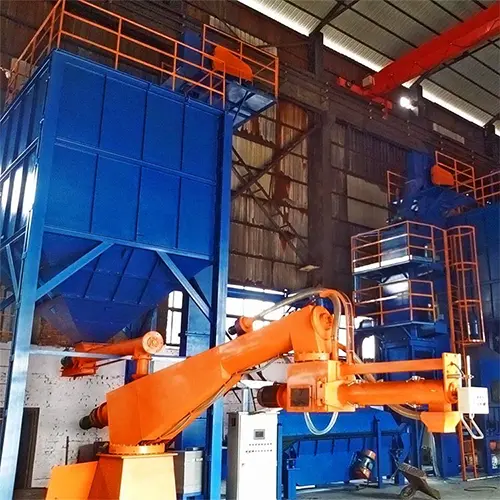Casting process is very important in the modern industrial system. Different industries have different requirements for processes.
Sand casting: Applied to the production of steel, iron and most non-ferrous alloy castings, especially suitable for making blanks with complex shapes and complex inner cavities. For example, automobile engine cylinder block, cylinder head, crankshaft and other castings
Investment casting (lost wax casting): Applicable to the production of small parts with complex shapes, high precision requirements, or difficult to process. Such as turbine engine blades, etc., the casting alloy is not restricted
Pressure casting: The casting has high precision and surface quality, and can cast complex thin-walled parts or inlays, which is suitable for large-scale mass production. Applied to the automotive industry and instrumentation industry, agricultural machinery, machine tool industry, electronics industry and other industries
Low-pressure casting: Liquid metal is filled into the mold and crystallized under low pressure, which is suitable for various alloys and castings of various sizes, especially suitable for the production of large castings, such as automobile engine cylinder blocks, etc.
Centrifugal casting: Pour the molten metal into the rotating mold, fill the mold and solidify under the action of centrifugal force. It is suitable for the production of long tubular castings, such as cast iron pipes, internal combustion engine cylinder liners, etc., and is used in metallurgy, mining, transportation, irrigation and drainage machinery, aviation, national defense and other industries.
Metal mold casting: The castings have high precision and good surface quality. It is suitable for mass production of small and medium-sized simple castings, and suitable for mass production of non-ferrous alloy castings such as aluminum alloys and magnesium alloys with complex shapes.
Vacuum casting: During the die-casting process, the gas in the mold cavity is removed to improve the mechanical properties and surface quality of the die-casting. It is suitable for the production of castings with high requirements for surface quality and internal quality.
Each casting process has its unique advantages and applicable scenarios. The choice of which process depends on the specific requirements, material, size, shape complexity and production batch of the casting.



